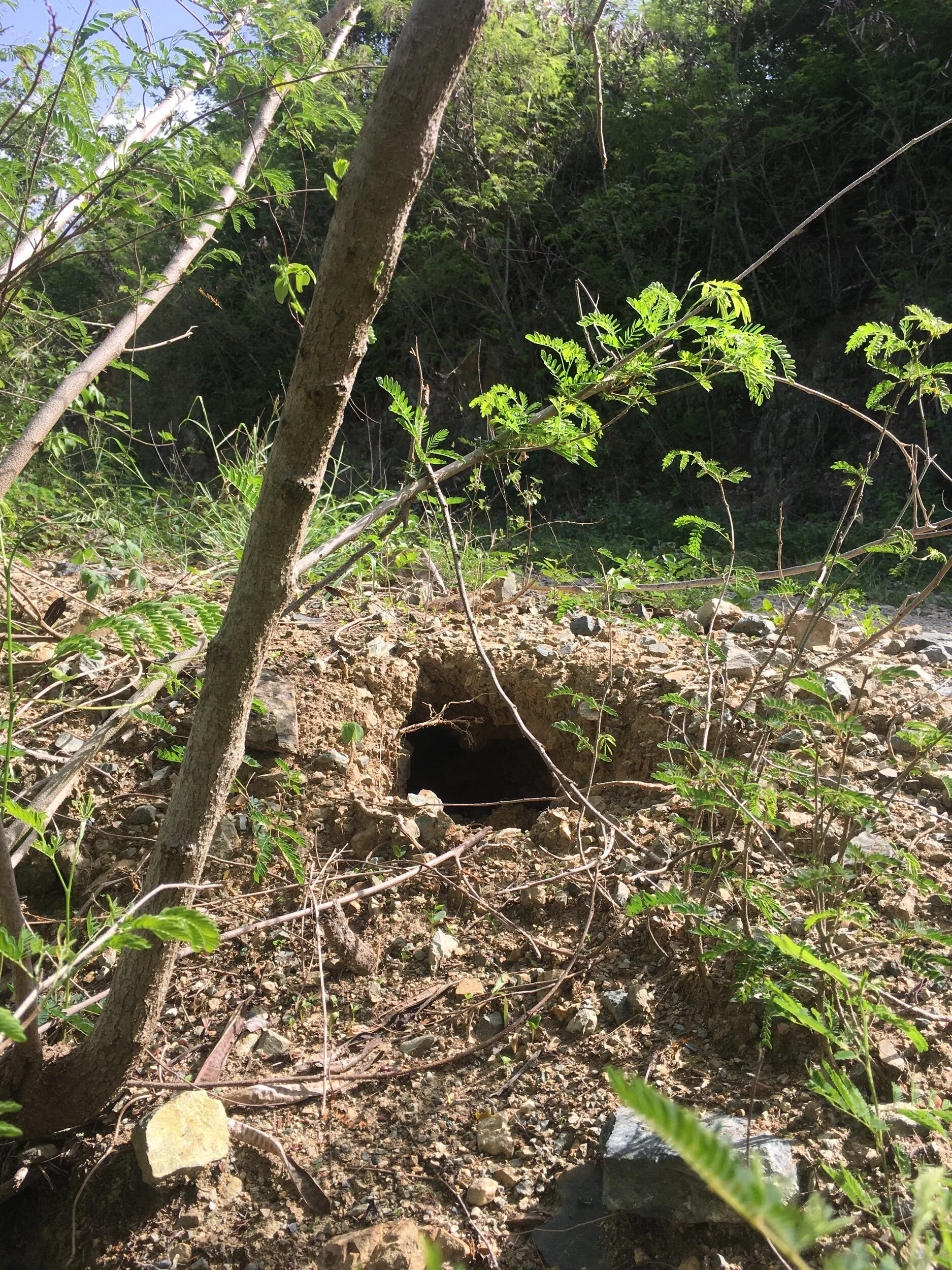When you vacation on St. John during the rainy season, you might spot some bright green lizards about six inches long. People often mistake them for geckos, but these are actually young iguanas. They’re beautiful when they’re small and they’re certainly a sight to behold once they’ve matured. For the most part they’re harmless, unless provoked of course. However, they can be messy. With all the fruit trees we have on the island, it can be a pain when the iguanas’ favorite feeding tree happens to be right above your car. A combination of poop and food scraps ends up leaving you with quite the mess to clean up!
Although the iguanas can be a nuisance, we must admit they are pretty interesting creatures. So here is what you should know about the iguanas in the Virgin Islands. There are two types that live here, the green iguana and the Antillean iguana. The origins of the iguanas are uncertain, but it is speculated that they may have arrived on their own, stowing away on ships or climbing aboard driftwood and making the journey from Central and South America into the Caribbean. Another theory is that the iguanas were brought by Indigenous Americans as a food source on their journeys from the Americas to the Caribbean islands.
Looking at a mature green iguana, you may wonder why “green” is in their name. Many iguanas lose their beautiful green skin as they age and their youthful glow is replaced with a dull grey, brown, or even black hue. Mature iguanas also develop a dorsal crest and a flap of skin that hangs down from their necks called a dewlap. The adult iguanas spend a great deal of time high up in the trees where they are able to bask in the sun, which aids in their digestion. In the wild, iguanas tend to live for about eight years, and in that time the females are able to produce hundreds of eggs.
Mating generally takes place during the dry season so that the eggs conveniently hatch during the rainy months, or hurricane season as we call it. Female iguanas carry their eggs for about 65 days before digging a burrow where they lay their eggs. The burrows are usually one foot to three feet deep. Sometimes you will find several burrows in the same area, as the iguanas tend to migrate back to the same site year after year. In some cases, when burrows are limited, two females will lay their eggs in the same hole. After the eggs have been laid, the mothers are off, making only the occasional visit over the next 90 to 120 days while the eggs incubate. Once the eggs hatch, the juveniles are mostly on their own. In their youthful stage, they are susceptible to predators like chicken hawks and feral cats, so it is not unusual to find them in small groups where their likelihood of survival is just a tad bit higher.
When the iguanas are young they have the advantage of being bright green, making it easy for them to blend into the surrounding leaves. In fact, they blend in so well that you could be looking at one and not even realize it until the “leaf” you’re observing starts to crawl. When the iguanas are young they stay closer to the ground for protection, feeding on insects for protein, which is necessary to help them grow. As they move into adulthood leaves, flowers, and fruits become the main components of their diet. After about three years, the hatchlings will have grown into mature adults and they’ll be ready to continue the cycle of reproduction.
Our iguanas play an important role in St. John’s ecosystem, eating fruit and dispersing the seeds far and wide. It can be tempting to feed the iguanas a bite of your banana at breakfast time, but we encourage you not to. They have plenty to eat out in the wild, and once they get in the habit of being fed, they may have a hard time accepting no for an answer in the future.




